Market Trends
Key Emerging Trends in the US Specialty Gas Market
The US Specialty Gas Market is witnessing notable trends that underscore the evolving dynamics within the industrial and healthcare sectors. One significant trend is the increasing demand for high-purity specialty gases across various industries, including electronics, manufacturing, and healthcare. As these sectors become more reliant on precise and controlled atmospheres for their processes, the demand for specialty gases, such as ultra-high purity gases, calibration gases, and specialty gas mixtures, is on the rise. This trend reflects a growing emphasis on quality, precision, and efficiency in industrial applications.
Moreover, the shift towards sustainable and environmentally friendly practices is influencing the US Specialty Gas Market. Industries are increasingly recognizing the environmental impact of their operations and are seeking eco-friendly alternatives in their processes. This has led to a demand for specialty gases that have minimal environmental impact and are produced using sustainable practices. Market players are responding by developing and offering specialty gases that meet stringent environmental standards, contributing to the industry's commitment to sustainability.
Technological advancements are also shaping the market trends in the US Specialty Gas Market. The integration of advanced analytical techniques and instrumentation in research, manufacturing, and healthcare applications is driving the need for precise and reliable specialty gases. From gas chromatography to mass spectrometry, these technologies rely on high-purity specialty gases for accurate and reproducible results. The market is witnessing an increased demand for specialty gas blends tailored to specific analytical requirements, showcasing the industry's responsiveness to technological advancements.
The healthcare sector is playing a significant role in driving the demand for specialty gases in the US. Medical gases, including oxygen, nitrogen, and nitrous oxide, are crucial for various healthcare applications, from respiratory therapy to surgical procedures. With an aging population and advancements in medical treatments, the demand for medical-grade specialty gases is steadily increasing. The COVID-19 pandemic has further highlighted the importance of specialty gases in respiratory care and critical medical applications, contributing to the market's growth.
E-commerce and digitalization are influencing the distribution and sales channels of specialty gases in the US. Online platforms are becoming increasingly popular for purchasing and procuring industrial gases, making it more convenient for businesses to access a wide range of specialty gases. This trend is reshaping the traditional distribution models and encouraging market players to invest in online platforms and digital solutions for better customer engagement and streamlined transactions.
Regulatory considerations and safety standards are paramount in the US Specialty Gas Market. The industry is subject to strict regulations to ensure the safety, quality, and traceability of specialty gases. Market players are investing in compliance with regulatory standards and certifications to instill confidence in their customers. Safety features in specialty gas packaging, such as cylinder tracking systems and tamper-evident seals, are becoming standard practices to meet industry and regulatory requirements.
Furthermore, the evolving energy landscape in the US is influencing the demand for specialty gases. The transition towards renewable energy sources and advancements in clean energy technologies require specialty gases for various applications, including solar cell manufacturing, fuel cell development, and semiconductor production. As the energy sector continues to evolve, the demand for specialty gases supporting these innovations is expected to grow, contributing to the overall expansion of the market.

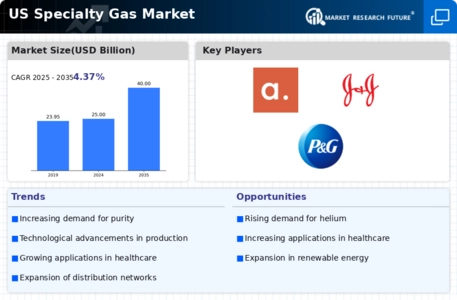
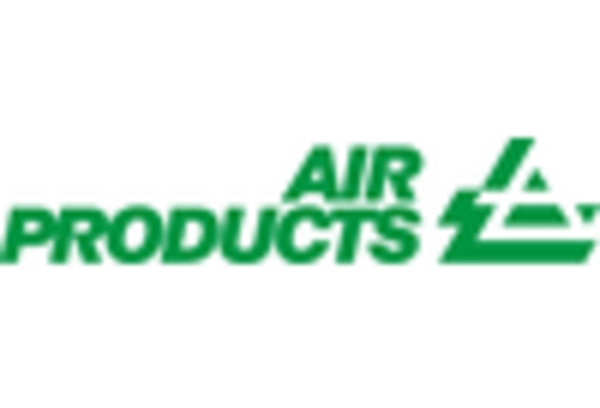
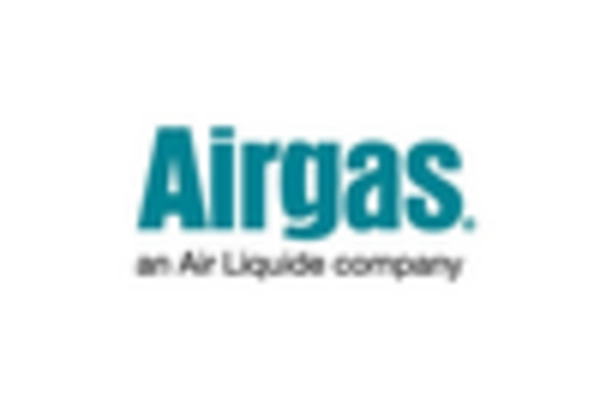
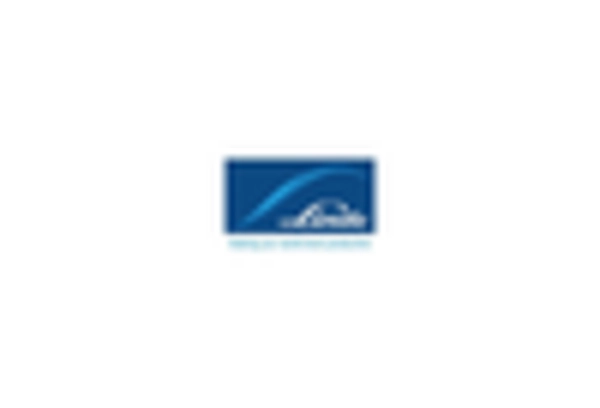
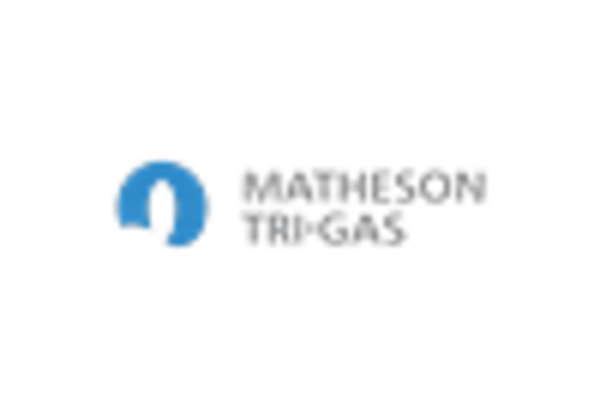
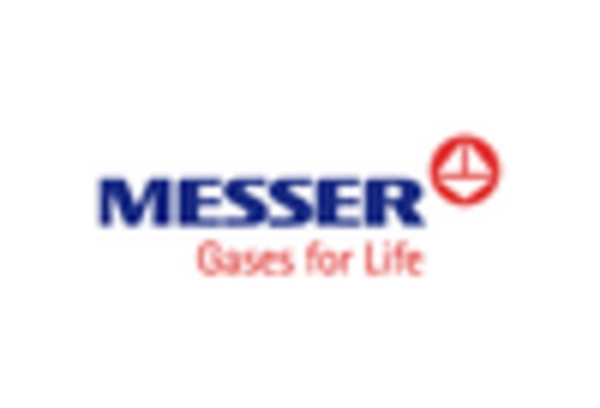
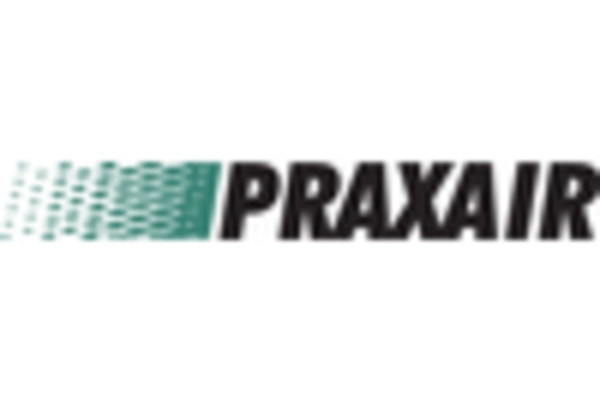









Leave a Comment